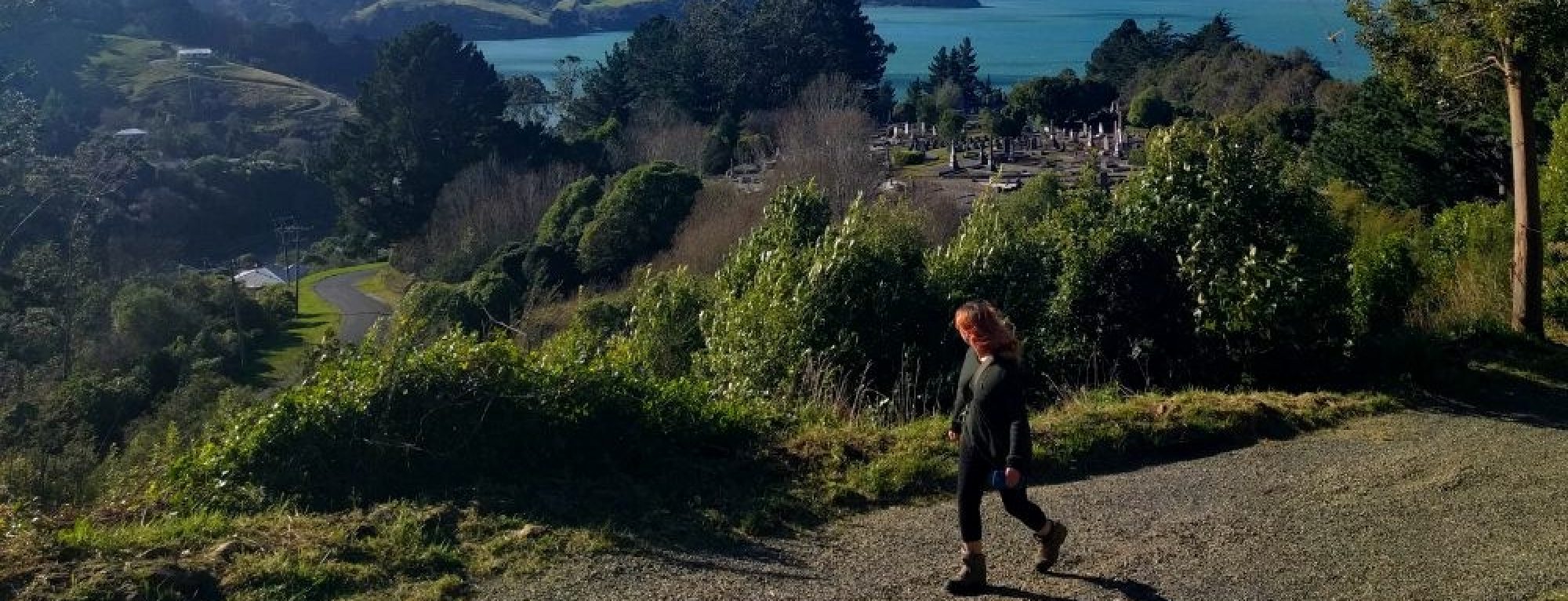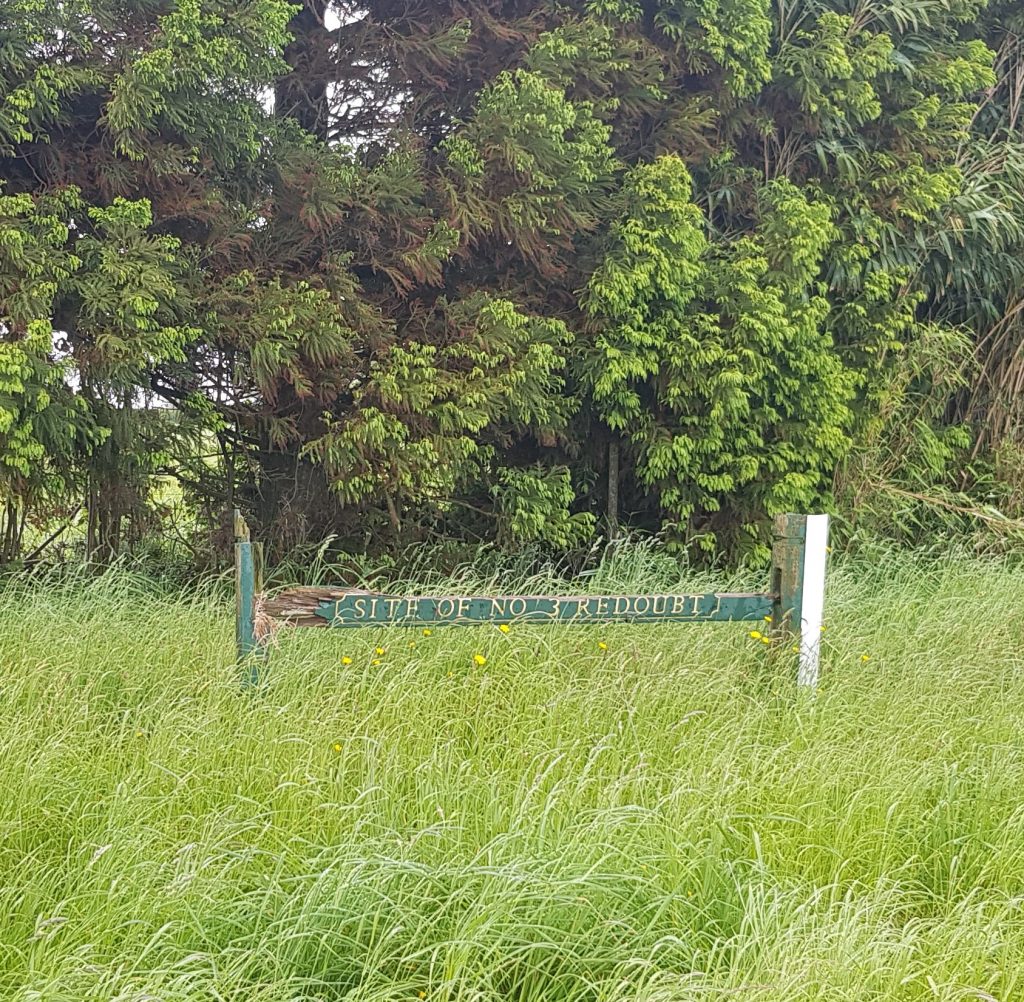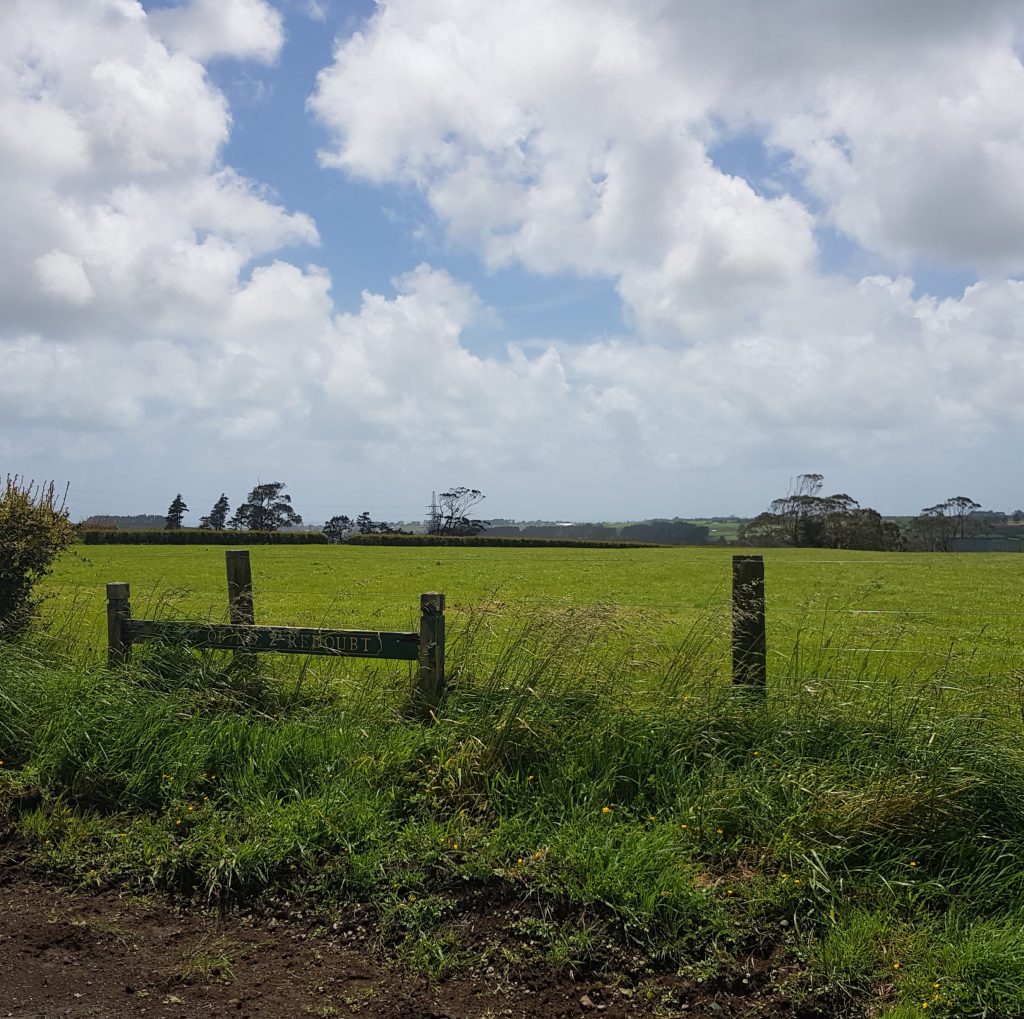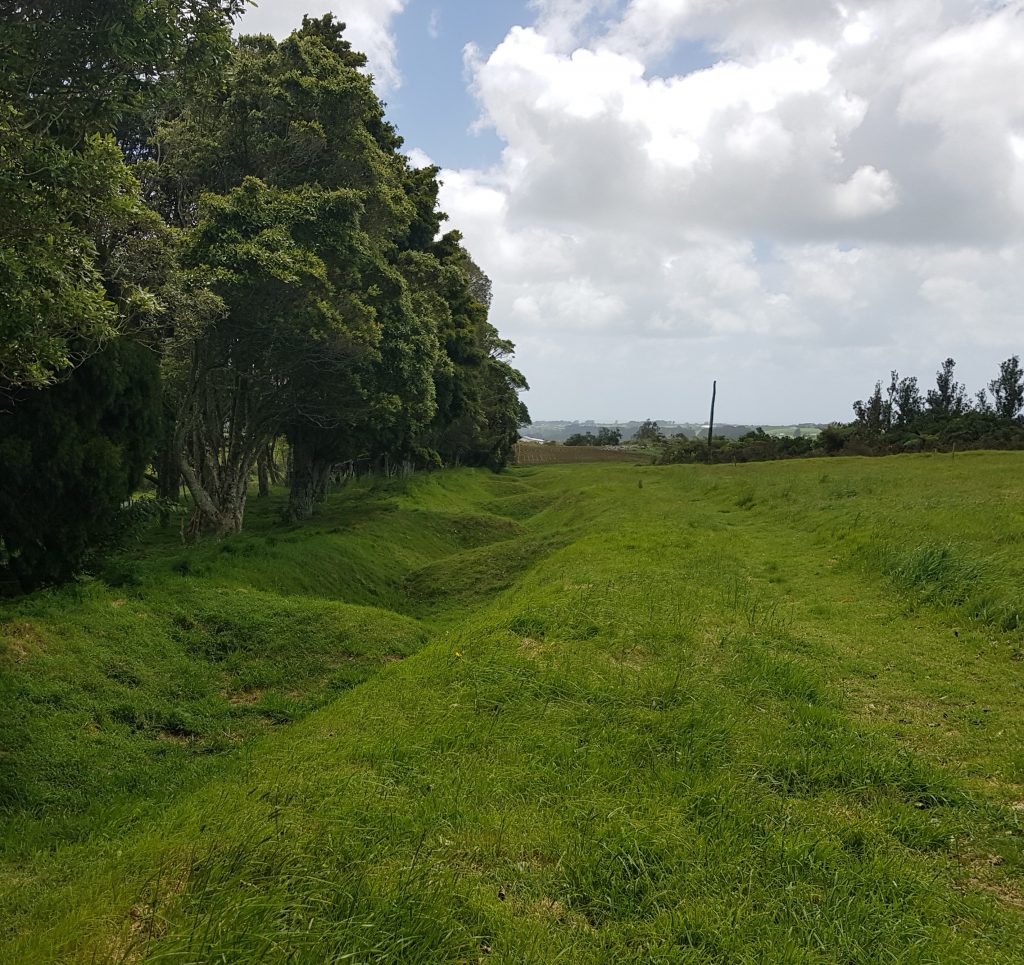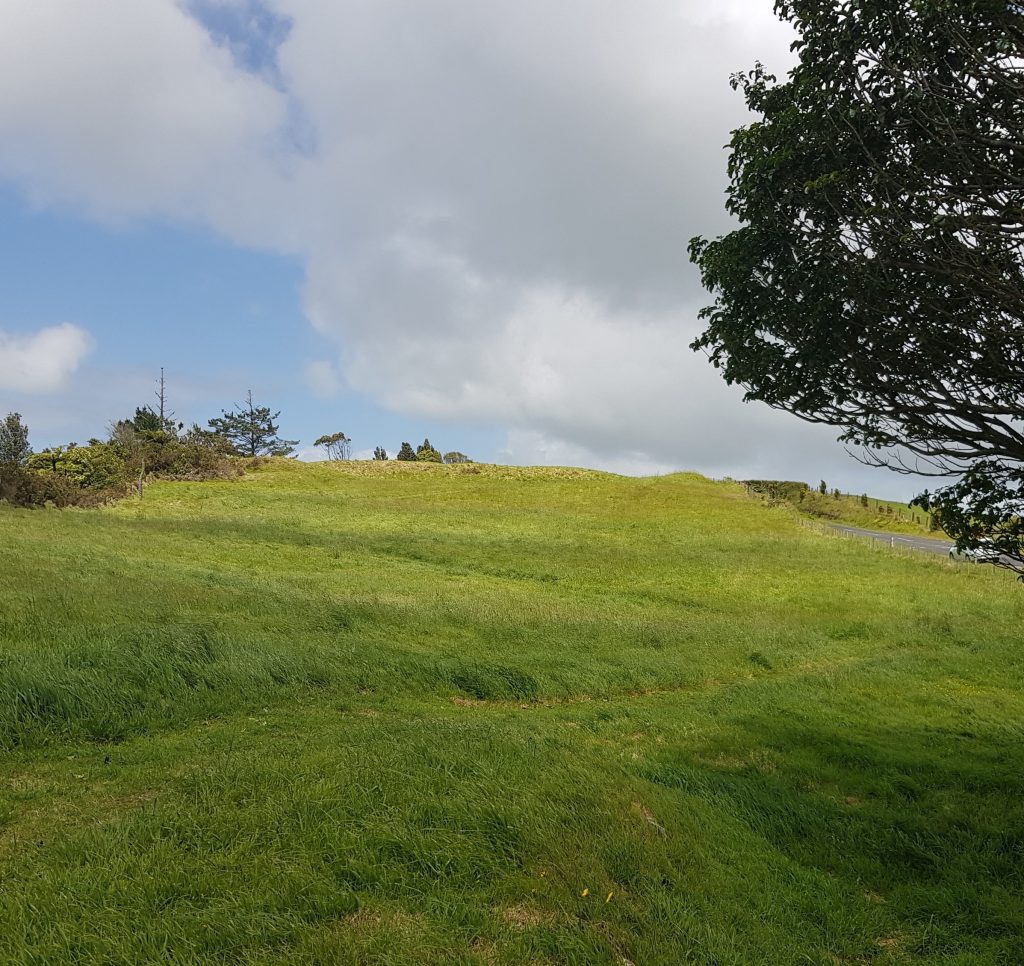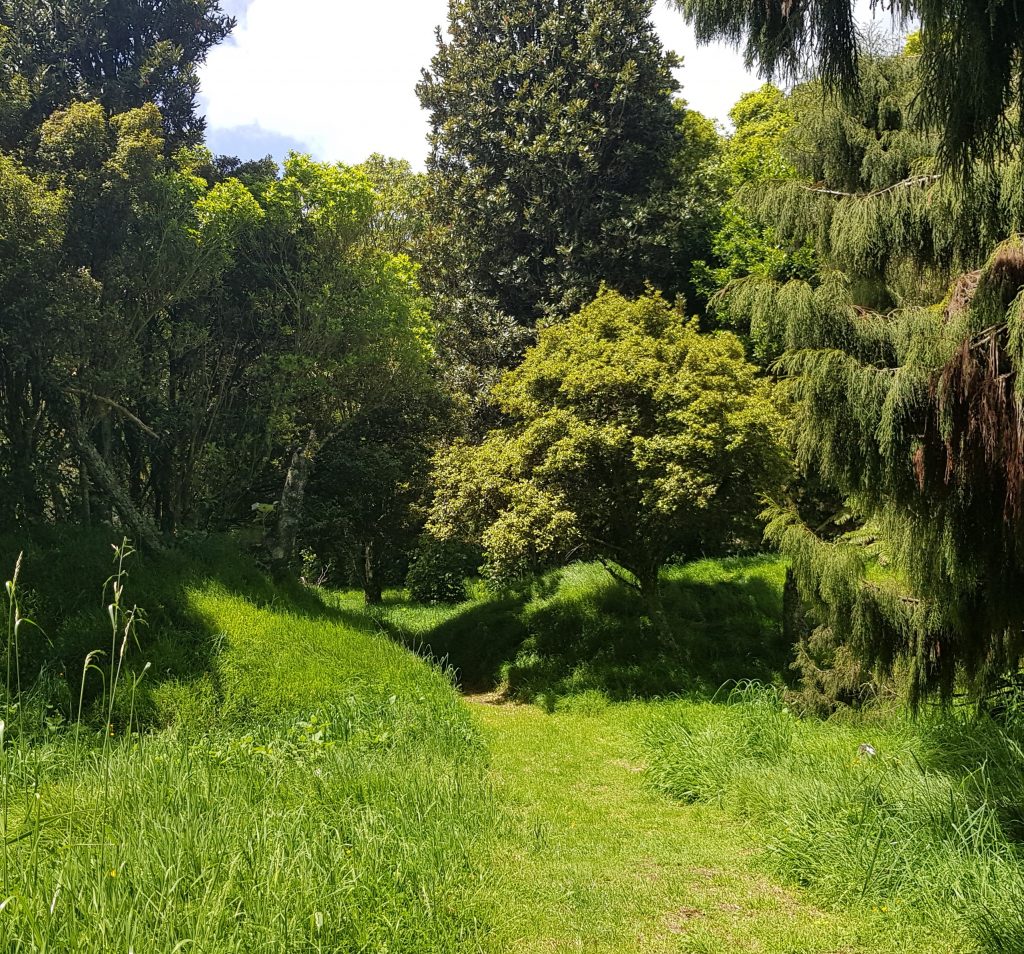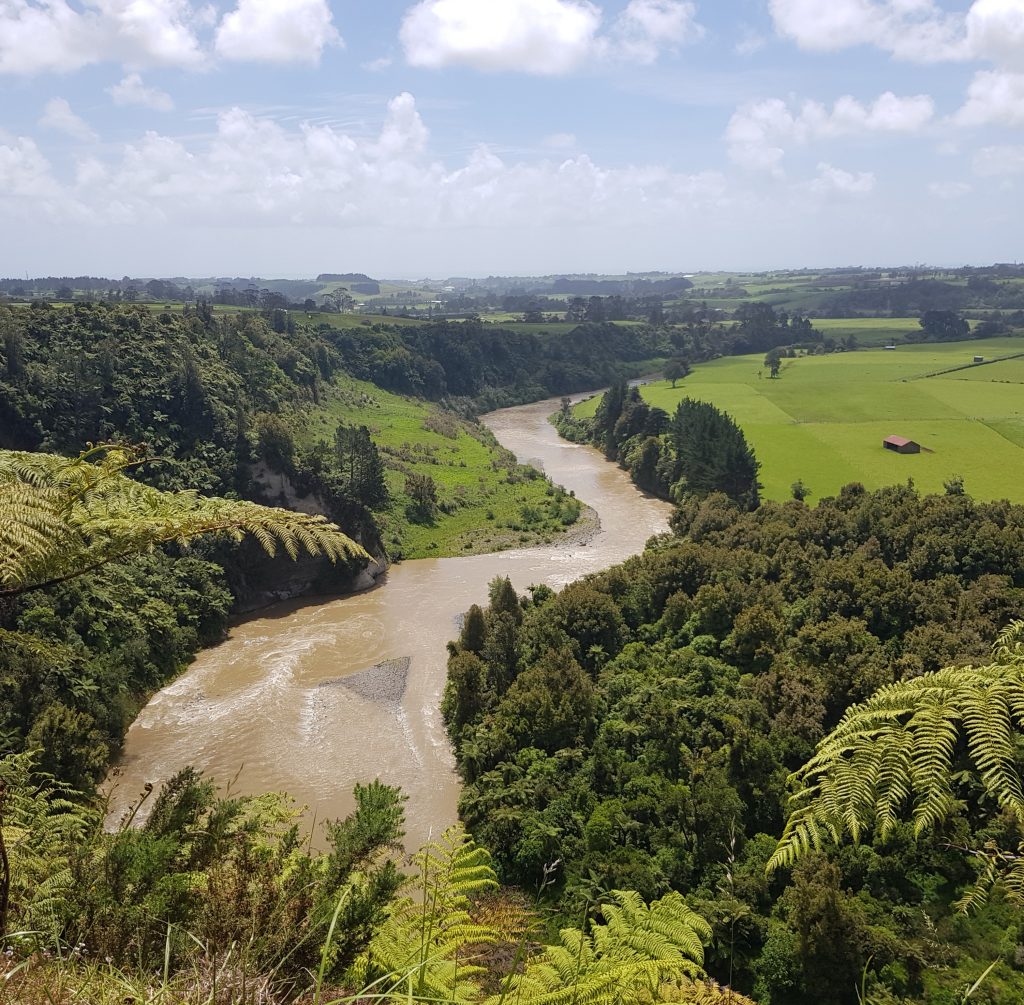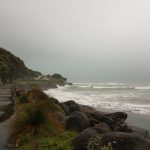Up until now, my Taranaki adventures have focused on the story of my ancestors the Parsons – their journey to New Plymouth, Thomas’s involvement at Waireka, and John’s fight at Māhoetahi. But there’s another ancestor in town, one whom I’ve only mentioned briefly: Frederick Nichols, the future husband of Mary Sarah Parsons.
Fred was probably aboard the Star Queen when it stopped in Auckland in 1861, having brought the rank and file of the 57th (West Middlesex) Regiment of Foot from its previous deployment in India. The 52-day voyage was described as “pleasant”, despite 5 soldiers dying along the way – three of dysentery, one of fever, and one of a “liver complaint”. The ship was immediately sent on to Taranaki, where they arrived on the afternoon of 23 January to a scene of active warfare.
Since the turning of the tide at Mahoetahi, the Māori had been retreating up the Waitara River. Major General Pratt followed, building a series of redoubts as he advanced toward the inland Maori stronghold. In an attempt to halt Pratt’s advance, the Māori had coordinated an attack on the Number 3 Redoubt in the cold pre-dawn hours,the very morning the Star Queen arrived in New Plymouth. It did not end well for the Māori, who lost about 40 to 50 combatants as opposed to just five on the British side.
Nor was the south any safer, for on the same day several outlying farmhouses were set alight around Omata, and the blockhouse was fired on during the night. An alarm was sounded, causing the settlers to flee for shelter.
In Fred’s shoes, I would have wondered what sort of mess I’d got myself into, but he was a veteran of the Crimea, so perhaps this was just another day in the life for a “Die Hard” (as the 57th regiment was nicknamed).
In mid-February, the battalion was moved to the “front”, now at Redoubt number 7.
Pratt’s strategy was now a cautious advance toward the stronghold of Te Arei, built upon the foundations of the historic older Pukerangiora pa on a slope overlooking the Waitara River. The soldiers were put to work digging a long series of earthworks proceeding inch by inch toward the fortress. Those not employed in sapping were required to keep constant watch on the surrounding bush, from which they were endlessly harassed by invisible opponents. Some of the earthworks are actually still visible today, angular traverses included!
Once account tells of the opposition the trench-diggers faced:
At sundown we all retired from the trenches to our respective redoubts, leaving the enemy to come down, if they took a fancy for work, to make some of the sap, or fill in some we had made. This latter idea seemed to be more to their taste. The work was much easier, too, and thinking, perhaps, we were getting on too well with it, they decided to put a check on us, so one night they came down and filled in about 150 yards of the sap, or more than had been done in several days, and to give us still a greater surprise in the morning, they had rolled up into their Pah our large sap roller, made of supplejack. How they did chaff us in the morning. It was a good trick, and we rather enjoyed the joke, so “we did another.”
The next night a live shell was so attached to the advance sap roller that the instant it would move the shell would explode, and they came down to serve us a similar trick, but after what happened they did not trouble themselves to push up the roller. They did not enjoy that joke half as much as we did. Some half-dozen of them did not return, not whole at any rate, judging from what we saw in the morning.
When we saw the state of affairs a good round laugh was let off at their expense, and we were answered by a volley.
Bezar, E. Some Reminiscences of the “Die Hards” (57th West Middlesex Regiment)
This quote really got me – it’s just so damn flippant about people being killed in an awful way. It’s a good example of the way war affects a person’s psyche – I had to do a whole, very depressing, unit in University about just the sort of “jokes” soldiers in enemy territory would make of their foes, or even of random civilians, how soldier-in-group morality becomes divorced from the morals of peacetime society, how the cruel and macabre become something amusing. I imagine the alternative would be psychologically devastating, but that doesn’t make it better.
There’s good evidence that after leaving the army, Fred struggled to adjust to civilian life, but that’s a story for another day.
Matters proceeded in this vein for a month, the soldiers digging and the Maori impeding them however they could, and accounts tell of the boredom and frustration experienced by the soldiers, especially those who thought the pa could easily be taken by one decisive charge.
Sometimes they’d shoot into the trees just for something to do, and make excuses about seeing movement when scolded for wasting ammo. Paradoxically, these days were sometimes also described as “pleasant”, taking place at the height of the New Zealand summer and with the two sides taunting each other “in the spirit of a chivalrous tournament”. There were even occasional exchanges of tobacco and fresh fruit.
It seems contradictory, but back then we still had a cultural idea of going to war as a grand adventure or a bit of rollicking fun. It was only the trauma of WWI that really turned the tide to our modern “war is hell” perspective. And of course, it’s a lot easier to have “fun” when you’re a colonial soldier sent to a foreign place, rather than fighting for your land or your livelihood.
By 18 March the trench was within 80 metres of the fortification, while the defenders were preparing a further fall back position behind. Up on the hill we can still see some remains of earthworks along with a small patch of native bush.
And then, almost a year to the day after the first shot was fired, came peace. The deal on paper was this: the government agreed to investigate the sale of Waitara, the Waikato fighters were to return home, and Te Ātiawa were to submit to the Queen’s authority and return their stolen plunder.
Auntie and I made the journey to Te Arei, following the progression of the redoubts and the final sap, up to the hill. From there, we could look down the Waitara River, over the land that was so hotly contested. It was beautiful.
So came the end of the First Taranaki War, and the British claimed victory, though they had little to show for it. New Plymouth was economically devastated, with some 200 outlying farmsteads destroyed – three quarters of those that had existed at the time. The land conflict was hardly resolved, and no in reality no submission was forthcoming from the Taranaki Māori. There was no return of “stolen” property or reparations paid to the settlers.
And – at the risk of ruining your suspense – there’s a reason we call it the First Taranaki War.
As for Fred, he was to remain in New Zealand for the rest of his life. He married a local woman and for his service was granted some land at Tikorangi, though within three months he’d sold it to Samuel Joll the Younger (son of the Timandra troublemaker!).
Fate would eventually bring him to Dunedin, but that is a tale for another day.
References:
SAILED. Taranaki Herald, Volume IX, Issue 444, 2 February 1861, Page 2
TARANAKI. New Zealander, Volume XVII, Issue 1544, 2 February 1861, Page 8
Some Reminiscences of the “Die Hards” (57th West Middlesex Regiment) by E. Bezar
The New Zealand Wars: A History of the Maori Campaigns and the Pioneering Period: Volume I (1845–64)
